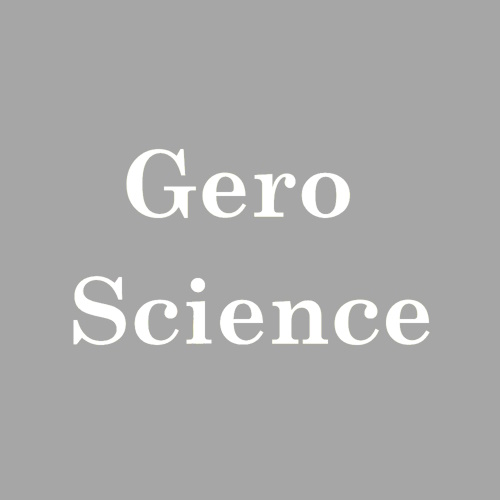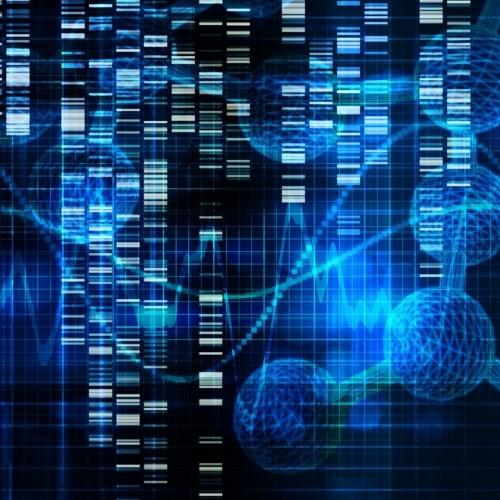Why do some families seem to defy the odds and live well into their 90s, even past 100, while others succumb to disease far earlier? The search for the biological code behind exceptional human longevity has long intrigued scientists, especially as average lifespans continue to climb without an equal rise in healthspan—the number of years we live free from disease. In 2025, a new study published in GeroScience offers rare and compelling insights into the genetic fabric of long life.
This research, led by scientists from the Max Planck Institute and Leiden University, focuses on a small group of Dutch families known for exceptional longevity. But instead of looking at common genetic markers, this study zooms in on rare variants found in just a few individuals—variants that could hold clues to how some humans escape the burden of late-life disease.
These findings are rooted in deep molecular biology, focusing on the MAPK/ERK signaling pathway, a fundamental system inside our cells. The researchers didn’t just find correlations. They engineered stem cells to carry these rare mutations, watching them in real-time to uncover their effects on ageing, cellular growth, and stress resistance. The results are both fascinating and complex, shedding light on how different mechanisms inside the same pathway may lead to a longer, healthier life.
Why Longevity Studies Are Turning to Rare Genetic Variants
Longevity runs in families. That’s been known for decades. But when scientists looked for the common genes responsible through genome-wide association studies (GWAS), the results were sparse. Aside from well-known players like APOE and FOXO3, most genes seemed to have only a small effect. The theory gaining ground now is that rare, family-specific mutations—too rare to show up in large population studies—could play a far more important role.
In this study, researchers used whole-genome sequencing to scan the DNA of individuals from the Leiden Longevity Study (LLS), a well-established cohort that includes families with multiple siblings who lived beyond 90. They filtered the sequencing data to find rare protein-altering mutations within genes involved in the MAPK/ERK signaling pathway. This pathway, already linked to longevity in model organisms like mice and worms, helps cells interpret external signals—telling them when to grow, divide, or self-destruct.
The team found ten promising variants, but focused in particular on two: one in NF1 (Phe1112Leu) and another in RAF1 (Asp633Tyr). These mutations were not present in the broader population, making them excellent candidates for further study.
Engineering Stem Cells to Mimic Longevity Mutations
To test the impact of these mutations, the team didn’t rely on guesswork. They used CRISPR/Cas9 gene editing to introduce the two mutations into mouse embryonic stem cells (mESCs). These cells were ideal because they could be edited cleanly and would allow researchers to observe molecular changes under controlled lab conditions.
The mutations were introduced using a “double-nicking” strategy to minimize off-target effects. Once the mutated cells were created, the researchers tracked several key indicators: activation levels of the MAPK/ERK pathway, expression of known ageing-related genes, protein production across the entire cell, and resistance to stressors like DNA damage.
Interestingly, both mutations reduced the activity of the MAPK/ERK pathway, but they had opposite effects on other key cellular behaviors. The NF1 variant increased proliferation and AKT pathway activity, while the RAF1 variant decreased proliferation and made the cells more resilient to DNA replication stress. These differences suggest that the MAPK/ERK pathway may offer multiple routes to longevity—one focused on cellular maintenance, the other on resilience.
What Changes at the Molecular Level Tell Us
At both the proteomic and transcriptomic levels, the researchers observed distinct shifts. Both mutated cell lines showed increased expression of ribosomal proteins and the longevity-linked transcription factor Foxo3. However, only the RAF1 variant led to a reduction in mTORC1 signaling, a cellular growth pathway that has also been associated with extended lifespan in other organisms.
These opposing outcomes—cell growth versus stress resistance—highlight the complexity of longevity genetics. Even though both variants suppress MAPK/ERK activity, they seem to rewire the rest of the cell in very different ways. This may mean that long-lived individuals don’t rely on a single molecular trick but benefit from different genetic “programs” that converge on a common outcome: extended healthspan.
The data also showed differing impacts on ETS transcription factors, which are downstream targets of MAPK/ERK signaling. These genes play a role in stress response and development and are known to influence longevity in fruit flies and mice. The NF1 variant increased expression of some ETS genes and repressed others, while the RAF1 variant had the opposite profile. Yet both variants upregulated Etv6, a transcriptional repressor that may help block pro-ageing gene networks.
The Role of mTOR and AKT in Lifespan Extension
Another key focus of the study was the PI3K-AKT-mTOR axis, which operates in tandem with MAPK/ERK to regulate growth and survival. Inhibition of mTORC1 has been linked to longer lifespan in yeast, flies, and mice. In the RAF1 mutant cells, both mTORC1 and mTORC2 activities appeared reduced, especially after stimulation with insulin and EGF. This mimics the action of drugs like rapamycin, which are currently being explored for anti-ageing therapy.
By contrast, the NF1 mutant cells showed increased AKT phosphorylation, a sign of heightened PI3K pathway activity. This may explain why these cells proliferated more rapidly, even though their ERK signaling was dampened. The interaction between these pathways is clearly not linear. The same input—a reduction in ERK activity—can lead to divergent outputs depending on how other parts of the system respond.
This complex interplay reflects what many longevity researchers already suspect: the secret to ageing is not about switching off a single gene but about balancing multiple systems in the right way.
Stress Resistance May Be the True Marker of Longevity
One of the most striking findings from the study was the way the RAF1 mutation affected the cell’s response to replication stress. When treated with hydroxyurea, a compound that damages DNA during cell division, the RAF1 mutant cells fared far better than wildtype or NF1 mutant cells. These cells also showed higher levels of CHK1 and γH2AX, two markers of DNA repair and damage response.
Stress resistance is a hallmark of longevity in many model organisms. Worms and flies with longer lifespans often survive oxidative stress and DNA damage better than their short-lived counterparts. The RAF1 variant seems to recreate this phenotype at the cellular level, supporting the idea that one path to a longer life may be through better cellular maintenance and repair.
Longevity May Have Multiple Genetic Roads
This study offers something rare in longevity research: not just an association, but a mechanistic insight. The use of gene-edited stem cells allowed the team to move beyond correlations and explore causation. Both NF1 and RAF1 variants reduced ERK activity, a known lever in lifespan regulation. But from there, they diverged—one boosting cell growth, the other enhancing damage resistance.
These findings support the idea that human longevity is not governed by a single master gene but by a set of interconnected systems. Different families may carry different “solutions” to the problem of ageing—some boosting repair, others limiting unnecessary growth, and still others reducing inflammation or improving metabolism.
As the field moves forward, studies like this will be key in guiding therapeutic strategies. Instead of one-size-fits-all anti-ageing drugs, we may one day use genetic screening to identify which pathways are most relevant for an individual—and design interventions tailored to their unique biology.
In short, the road to longevity is not straight. But thanks to work like this, the map is finally coming into view.
The study is published in the journal GeroScience. It was led by Linda Partridge from Max Planck Institute for Biology of Ageing.






